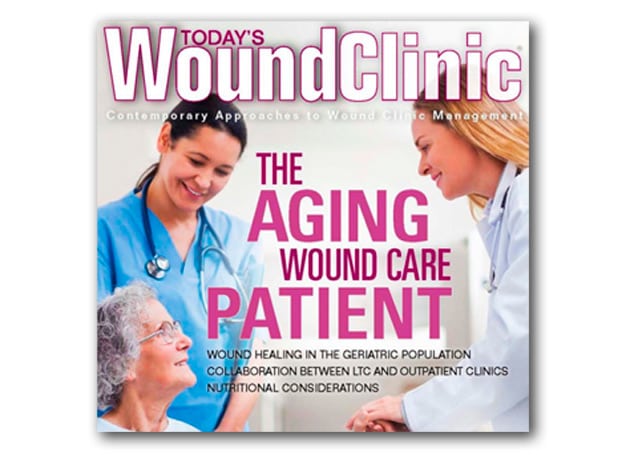I recently served as guest editor of a special issue on aging for Today’s Wound Clinic, a magazine devoted to contemporary approaches to wound clinic management. This special issue on the geriatric patient was published in November/December 2013, Volume 7, Issue 9. Please take a look at the links below to the articles. The following paragraphs are reprinted from my editorial.
I developed an interest in wound care during my geriatric fellowship in the 1980s, and I’ve had the privilege of being part of the field as it has evolved in knowledge, technology, and stature. In my current position as an attending physician for the wound care center at Beth Israel Medical Center in New York’s Mount Sinai Health System, I’ve also come to realize that our practice has an historic opportunity to meet the needs of the community by embracing trends in healthcare reform. However, we cannot succeed without understanding the needs of the aging population and the imperative to manage multiple coexisting chronic diseases within an increasingly complex system.
Chronic, nonhealing wounds do not exist in a vacuum. In order to understand and facilitate healing, caregivers must understand and take into consideration the complex biology, physiology, and psychosocial aspects of our patients. As wound care clinicians, our task is to facilitate the body’s healing, but the aging patient brings special challenges that must be considered beyond choices of debridement techniques and products. Teamwork, communication, and collaboration are key to successful wound healing.
For example, nearly half of persons aged 85 and older live with Alzheimer’s disease. The issues of informed consent and complex treatment prescriptions become complicated in a wound care patient with advanced cognitive deficits, and treatment involves collaborating and communicating with family members and other providers on the team. Malnutrition is commonly associated with frailty in old age, and the wound care clinician must take this into consideration when offering interventions that increase metabolic demand such as sharp debridement. Communication and collaboration with the nutritionist and speech therapist is important in decision-making. Issues at the intersection of wound care and geriatrics are many, and this issue of Today’s Wound Clinic serves only as an introduction.
In this issue we present an article that reviews changes in aging skin, discusses comorbidities of aging that impact wound healing, and gives an introduction to the geriatric approach. We also present an excellent review article by Les Kiemele, PA-C, and Paul Takahashi, MD, CMD, that discusses special considerations when caring for patients in long-term care settings. Liz Friedrich, MPH, RD, CSG, LDN, and Nancy Collins, PhD, RD, LD/N, FAPWCA, also offer an important perspective on incorporating nutritional strategies for elderly wound care patients. Of course, other TWC staples such as Business Briefs and the new ICD-10-CM keepsake can also be found in this issue.
The 21st century has brought the outpatient wound clinic to a crossroad that can improve value in healthcare by facilitating savings and improving outcomes, but only if we understand the tasks at hand and work toward making our contribution. To accomplish this we need to enhance the continuum of care with teamwork and apply our unique expertise and knowledge to keep patients out of the hospital. To meet the challenges we face, we must embrace change and collaborate across specialties while understanding the needs of the population we serve.
* * * * * * * * * * * * * * *
Read the articles:
Wound Healing in the Geriatric Patient.
Building Collaboration Between the Outpatient Wound Clinic and Long-Term Care.
Nutrition & Wound Healing in the Older Adult: Considerations for Wound Clinics.
.
.

